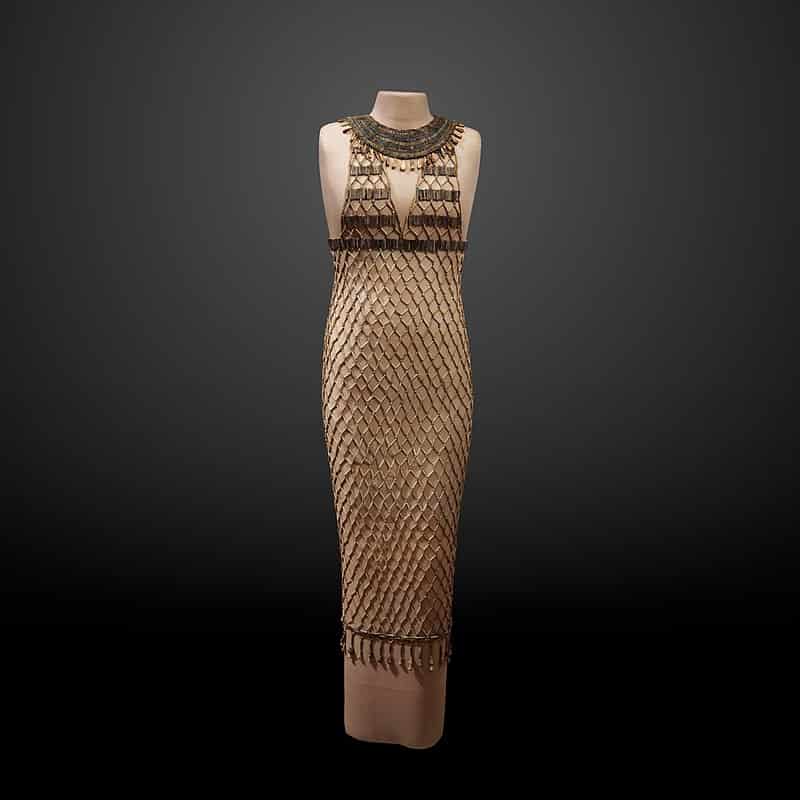In the bustling streets and lavish palaces of Ancient Egypt’s Old Kingdom, fashion was more than just a means of clothing oneself; it was a symbol of status, culture, and divine connection. Recent archaeological discoveries have unveiled fascinating insights into the intricate world of Ancient Egyptian attire, shedding light on the sartorial customs that adorned the elite and commoners alike.

From the meticulously crafted linen garments worn by royalty to the intricately woven sandals of everyday citizens, fashion in the Old Kingdom was a reflection of societal norms, religious beliefs, and artistic expression. The discovery of elaborate burial sites, such as those in Saqqara and Giza, has provided a wealth of knowledge about the garments and accessories buried alongside the deceased, offering a glimpse into the fashion trends of the time.

One of the most iconic elements of Ancient Egyptian fashion was the use of linen, a material revered for its lightweight, breathable qualities and symbolic significance. Linen garments, often adorned with intricate pleats and colorful embellishments, were worn by both men and women, serving as a testament to the sophistication of Ancient Egyptian textile production.

Furthermore, accessories played a pivotal role in Ancient Egyptian fashion, with jewelry, headdresses, and amulets serving not only as adornments but also as symbols of power, protection, and religious devotion. Elaborate collars, rings, and bracelets adorned the elite, while amulets crafted in the shape of gods and sacred symbols were worn by all, believed to bestow blessings and ward off evil.

Moreover, hairstyles in Ancient Egypt were carefully styled to reflect one’s social status and personal identity. Elaborate wigs, adorned with beads, ribbons, and precious metals, were favored by the elite, while simpler hairstyles were common among the working class.





